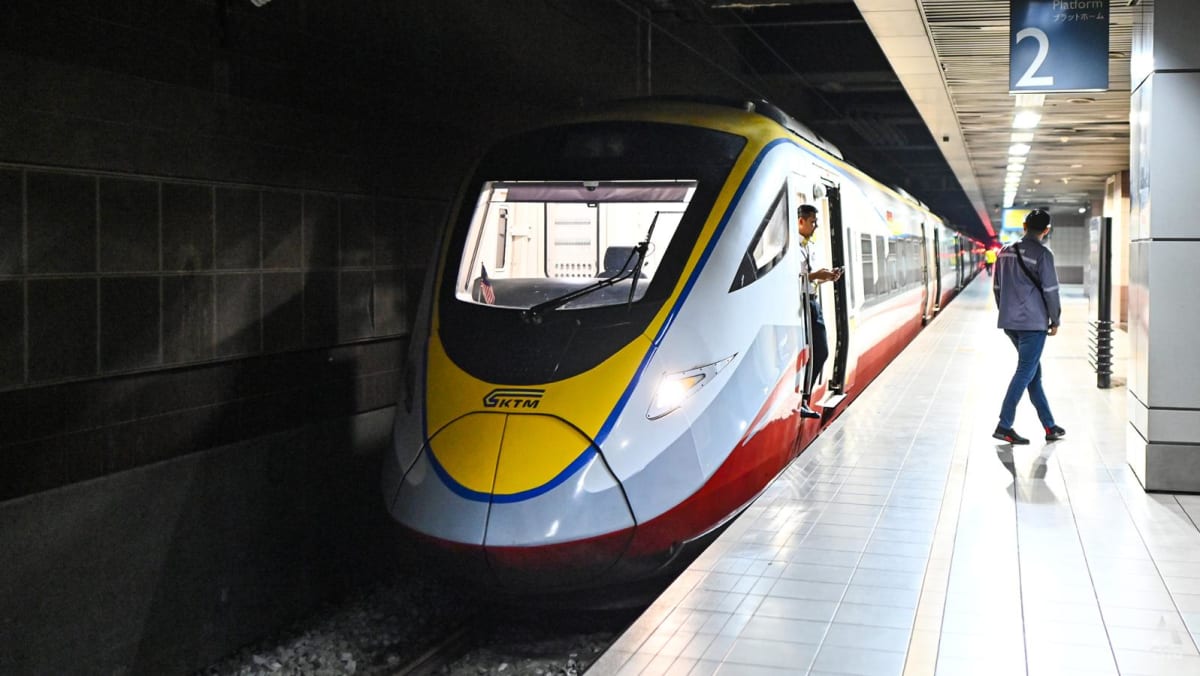There are also questions on whether the ETS can be a viable substitute or complement the mooted Kuala Lumpur-Singapore HSR project.
The 350km-long HSR project, which can travel up to a speed of 350km/h, was first proposed in 2013 and led to a binding agreement inked in December 2016 with an aim to have the line operational by 2026.
However, it was initially discontinued after multiple postponements at Malaysia’s request and an eventual lapsing of an agreement in December 2020.
Malaysia paid more than S$102 million (US$79.5 million) in compensation to Singapore for the terminated project.
Talk of a resurrection gained strength after Malaysia Prime Minister Anwar Ibrahim took power following the November 2022 general elections.
According to local media reports recently, the HSR is still being deliberated by the Cabinet, with other transport link projects presently regarded as the priority.
A Malaysian government official told CNA on condition of anonymity that the lack of funds remains the biggest obstacle.
The official added that in the meantime, the government is of the view that the ETS is being regarded as a “viable substitute” for travellers who are keen on rail travel between Singapore and Kuala Lumpur.
However, KTM’s Ahmad Nizam said that based on the orientation of the two lines, the ETS runs through largely on the central part of Peninsular Malaysia while the stations based on previous proposals of the HSR were on the west coast.
“So from configuration, there is a choice for passengers depending on their destination and departure,” he said.
However, analysts CNA spoke to stressed that ETS is a vastly inferior alternative to the HSR, pointing out how the former does not connect Kuala Lumpur with key regional economic hub Singapore directly.
They also outlined the difference in service level being offered given that the HSR offers a 90-minute travel time between Singapore and Kuala Lumpur, as compared to the estimated four hours combining the RTS Link and the ETS.
Wan Agyl told CNA: “The ETS is valuable for that particular corridor, but it is definitely not a substitute (to the HSR). The HSR is built to compete with aviation sectors and stitching Malaysia directly to Singapore and the global economy.”
He stressed that the passenger profile the HSR is targeting are business professionals who typically fly between Singapore and Kuala Lumpur, and it offers travellers a chance to avoid aircraft delays and the hassle of customs clearances at both airports.
Meanwhile, Wan Agyl outlined that the ETS, which estimated construction costs are less than a sixth of the HSR, is a pragmatic service that focuses on domestic mobility.
“It helps Malaysians move from cities to cities at a very affordable and consistent journey,” he said.
